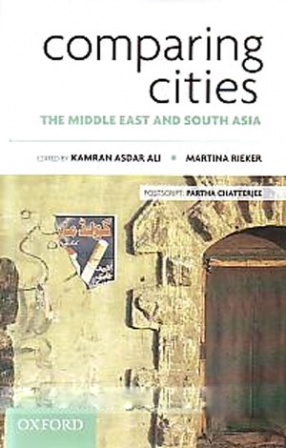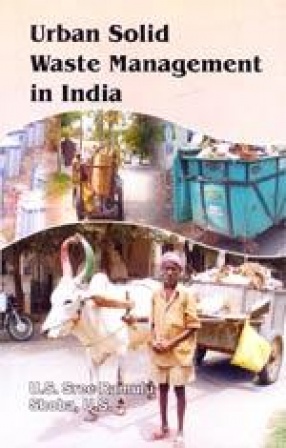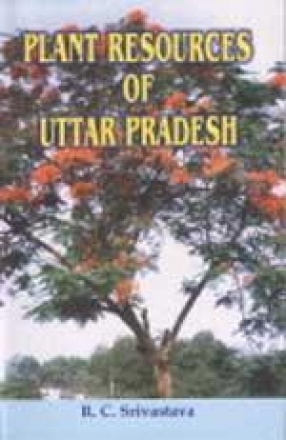This book highlights the changing social dynamics in Middle Eastern and South Asian cities. The comparative framework builds on a shared history of the colonial encounter, modernity, nationalism and urbanity and is further deepened by the larger framework of Muslim culture that influences social life in both spaces. The various chapters rethink the gendered dimension of public spaces and investigate the relationship between the popular and the political in these regions. They also take into account how larger structural changes in South Asia/ Middle East have impacted the practices and experiences of people.
This focus addresses the lack of social histories that explore urban life-worlds in an era of de-industrialization and major structural changes that are available for many cities in other regions of the world. Hence, It provides an interdisciplinary analysis that informs us about how transnational flows of ideas and resources shape certain responses to deprivation and marginality, yet also encourage political passivity and inaction. Raising such questions in a comparative context is essential to refocus research agendas and to inspire new studies. The volume is unique as, for the first time, it puts the field of urban studies within the two regions in a dialogue with each other and with similar efforts across the globe.





There are no reviews yet.